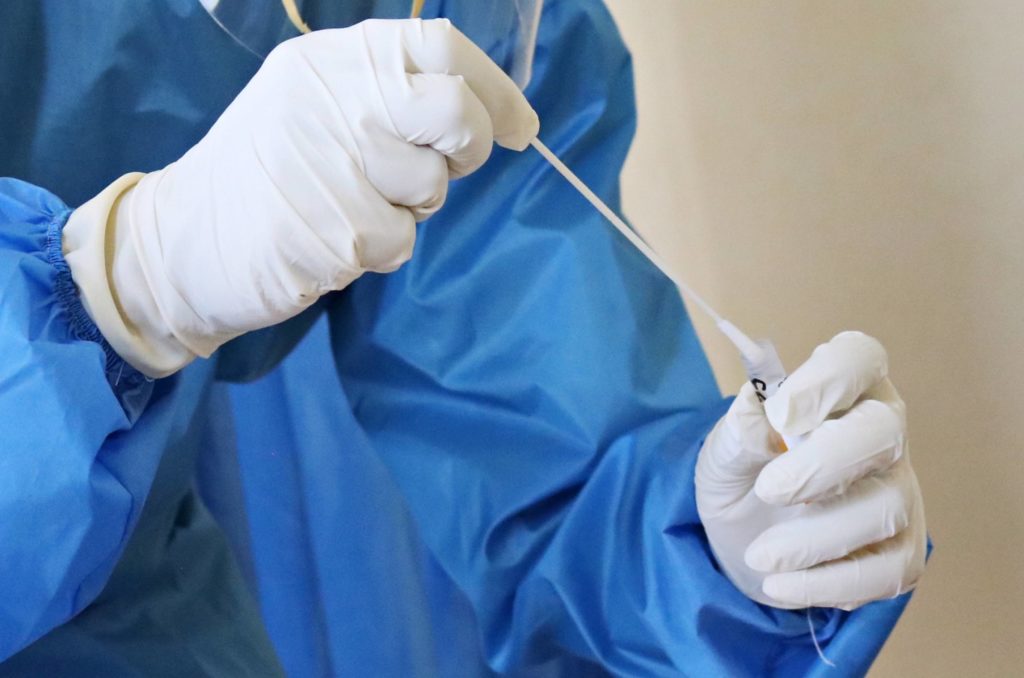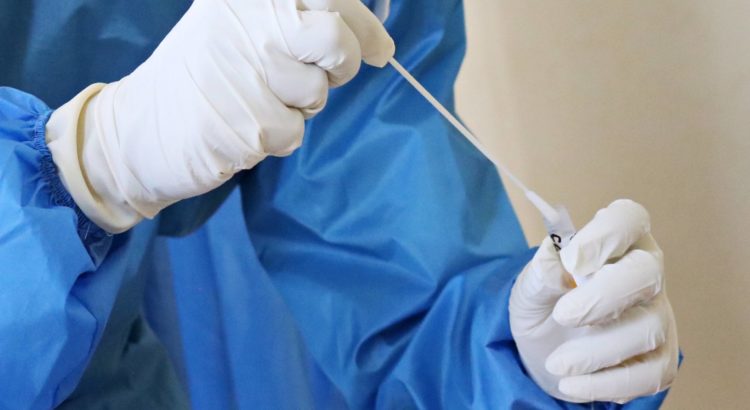
Government needs to realise true potential of the ONS Infection Survey
We welcome a recent blog from Dr Francis Collins, Director of the US National Institute of Health that suggests that a “New Metric Identifies Coronavirus Hotspots in Real Time” has the potential to assist the ongoing fight against SARS-CoV-2. Informed by a study published by Hay et al in June 2021, Dr Collins highlights the value of measuring viral load in PCR testing.
“But it turns out that PCR can go beyond a simple “yes” or “no” test result. It’s also possible to get some sense of how much coronavirus is present in a positive sample based on the number of cycles required to make enough copies of its genetic material to get the “yes” result. This measure is known as the “cycle threshold,” or Ct, value.”
Readers of the HART newsletter will recall that Dr Paul Cuddon and Dr Clare Craig highlighted the potential value of using the ONS Infection Survey to identify hyper-local hotspots using Ct values in March 2021. Our analysis suggested that the Kent variant peaked in London, the East of England and the South in mid-December, well before either the implementation of the third national lockdown and before the roll out of vaccines. We found significant regional variance in viral load across the UK and we urged “increasing vigilance on regional average Ct values” in spring 2021. These observations flagged potential issues in the North East, North West and the Midlands that have since seen summer surges.
Disappointingly, the ONS Infection survey stopped publishing regional Ct values in mid-March and we lost the ability to predict potential regional outbreaks. While ONS has reinstated incidence (new cases) data, it is reverse derived from prevalence data and so remains largely ineffective at identifying local hotspots in real-time as seen by the lack of a clear signal on the Delta variant in late May. However, we continue to believe that the ONS Infection Survey contains a wealth of underutilised Ct data.
Meaningless positives that do not equate to infectiousness have resulted in exaggeration of the extent of disease. A test of infectiousness for the PCR tests used in the ONS Infection Survey equates to Ct 25 or lower. We recommend that the threshold for infectiousness is calibrated for all PCR testing programs, and that PCR testing moves away from positive/negative to infectious/non-infectious. This will help to dramatically improve the effectiveness of quarantine measures for people in close contact with high-risk groups and prevent significant staff shortages.
Concerns are emerging over the quality of the widely used Innova Lateral Flow tests, and with variants emerging all over the world, we urge the UK Government to realise the true potential of its world-class ONS Infection Survey to move away from extended national lockdowns to a real-time regional warning system. Further, a combination of weakened immunity and the potential for vaccine-evading variants could put the NHS under further pressure in the winter ahead. We believe that the UK has the tools at its disposal to track the spread of the virus in real time, provide better information to the public and more effectively prevent the spread of SARS-CoV-2 in high-risk settings.
It’s time for the UK to use Ct to track the spread, protect the vulnerable and regain our lives.

